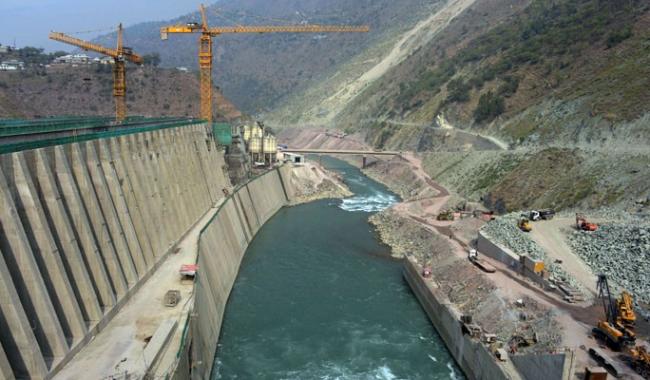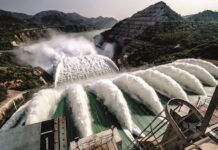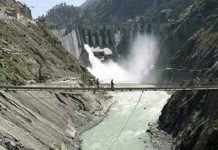
LAHORE: The commercial operation of the unit No 4 of the Neelum-Jhelum Hydropower Project (NJHP) has been delayed for another next four months after the experts identified some technical issues in the machine during various tests and sought replacement of some parts.
The NJHP’s unit-4 had started trial generation last month and it continues to pass through various tests required for commercial operation. The unit has injected more than 1.3 million units of electricity during test run.
“However, during the tests of this unit, the “run outs” exceeded the specifications. The consultants of the project concluded that for operation for its designated life, its “labyrinth” and “lower sleeve” should be replaced with new ones, for which the contractor has placed the order on the manufacturer namely Harbin China. This unit is scheduled to go into operation in next three to four months,” explains a spokesperson for the Water and Power Development Authority.
On the other hand, following completion of reliability test and adjustments thereafter the NHJP’s first unit started generation on Friday, providing electricity to the national grid. The unit will contribute 242.25MW power to its installed capacity to the system for one month (reliability period) after which its commercial operation will commence.
“The project’s unit-2 has also undergone mechanical run tests starting May 16. This unit is expected to be synchronized with the National Grid during next week for power generation on trial basis,” he said, adding that the project has so far injected over 23 million units to the national grid.
The NJHP is a component of hydro-development plan, being implemented by Wapda on priority to tap indigenous hydropower potential aimed at improving the ratio of hydroelectricity in the system.






















